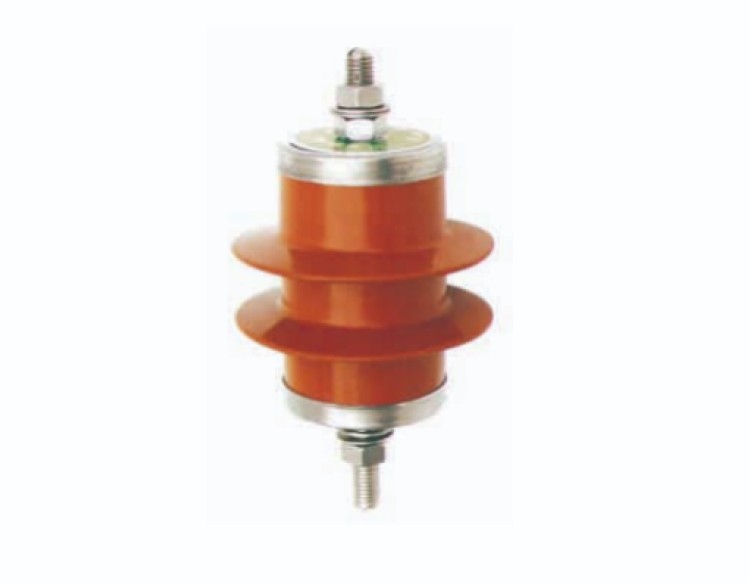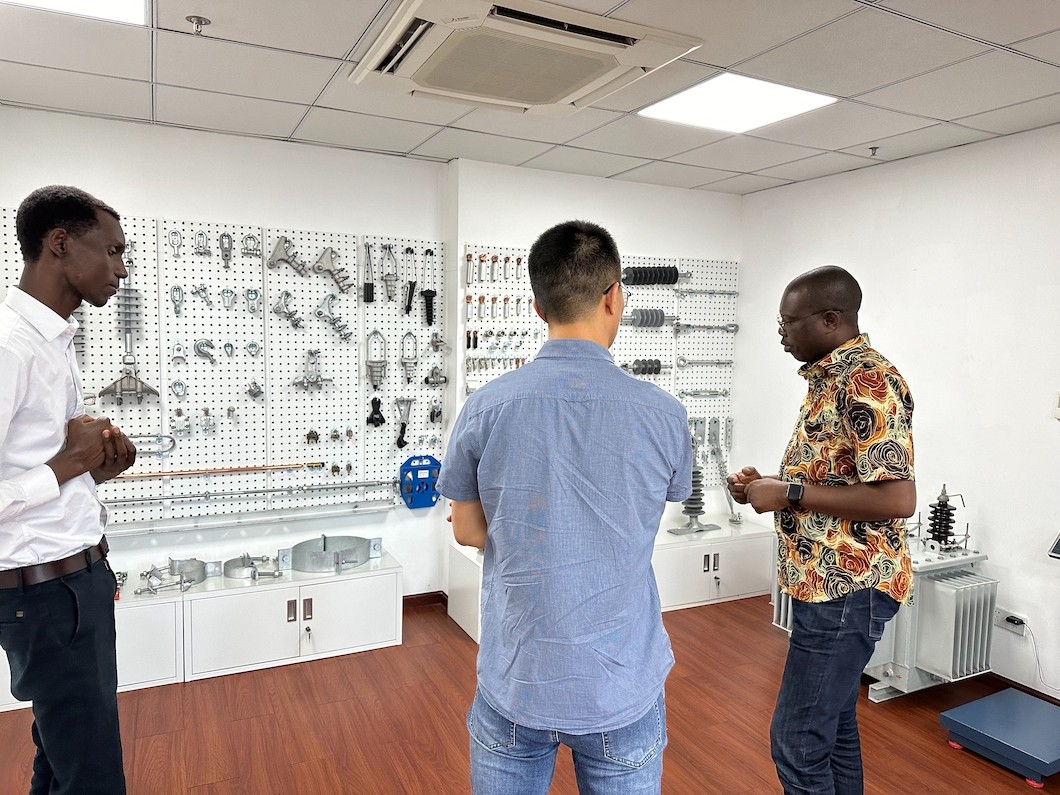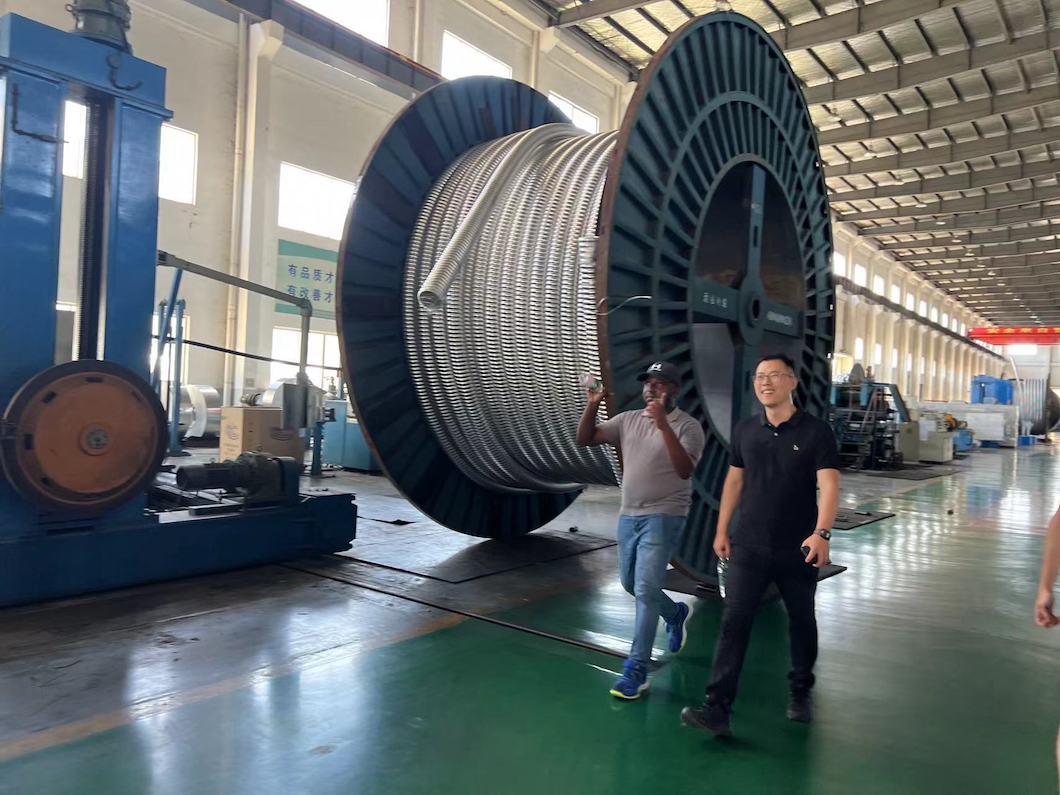| MOA type | System rate voltage kV(ms) | Moa R.V kV(ms) | MCOV kV(ms) | DC (U1mA) <kV(p) | Steep current impluse >kV | Lighting current impluse >kV | Switching current impluse >kV | Rectangular current impluse (2ms)A | High current impluse kA |
| YH5W-3.8/15 | 3 | 3.8 | 2 | 7.5 | 17.3 | 15 | 12.8 | 75 | 40 |
| YH5WS-5/15 | 3 | 5 | 4 | 8 | 17.3 | 15 | 12.8 | 100 | 65 |
| YH5WS-7.6/30 | 6 | 7.6 | 4 | 15 | 34.5 | 30 | 25.5 | 75 | 40 |
| YH5WS-10/30 | 6 | 10 | 8 | 15 | 34.5 | 30 | 25.5 | 100 | 65 |
| YH5WS-12.7/50 | 10 | 12.7 | 6.6 | 25 | 57.5 | 50 | 38.5 | 75 | 40 |
| YH5WS-17/50 | 10 | 17 | 13.6 | 25 | 57.5 | 50 | 38.5 | 100 | 65 |
1.Working Principle: Distributed ZnO arresters are used to protect equipment in power systems from overvoltage. When overvoltage occurs in the system, the ZnO arrester turns on, directing the overvoltage to the ground wire, thereby protecting the equipment.
2.Advantages:Eliminate spark discharge: ZnO arresters eliminate spark discharge and reduce the risk of the system.
3.Current sharing: Multiple columns of ZnO blocks can be used in parallel to meet high energy requirements. With good current sharing, the energy absorption capacity of these blocks can be effectively utilized.
4.Gapless design: ZnO arresters adopt a gapless design and do not require a voltage grading system.
In short, distributed ZnO arresters are reliable and efficient devices for protecting equipment in power systems from overvoltage.






















